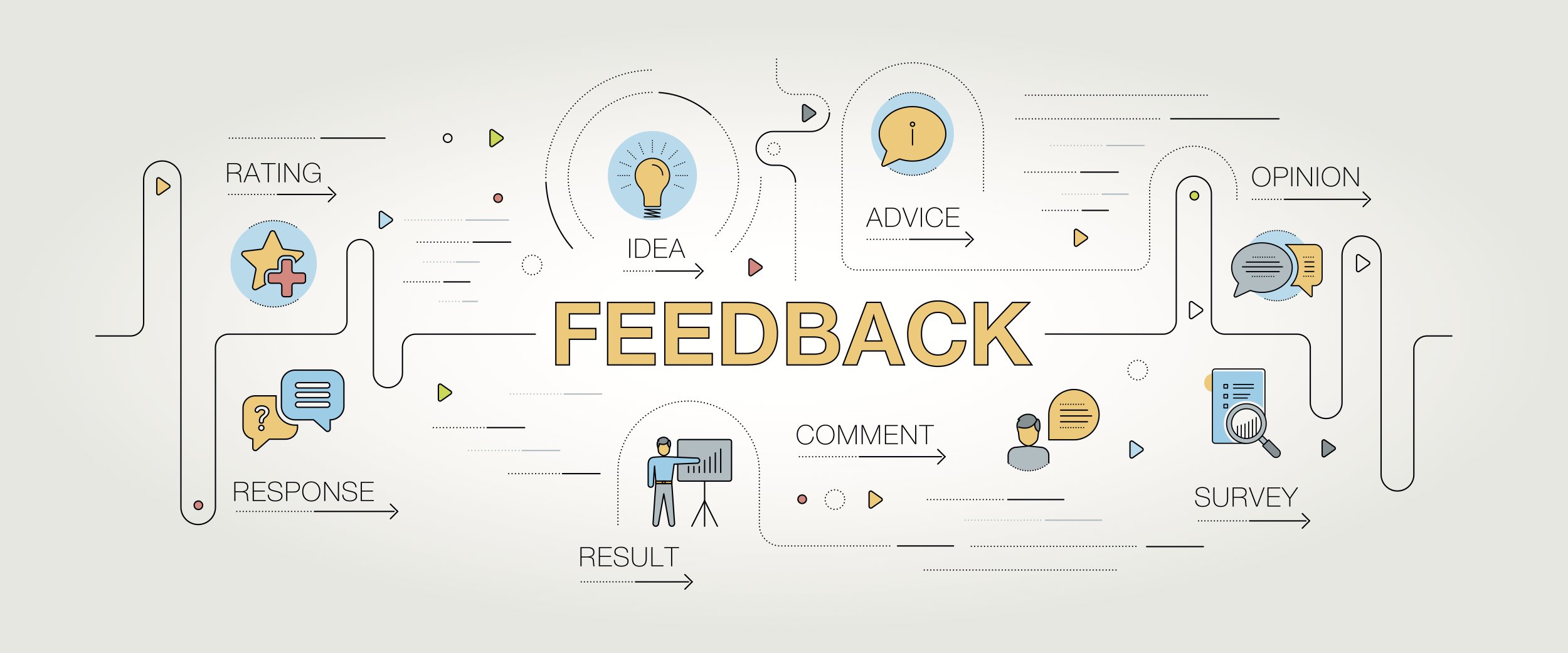ON 360-DEGREE FEEDBACK (PART II): DATA ANALYSES, REPORTING AND MORE

In my previous blog post, I illustrated how to start a 360-degree feedback process. Now, I’m going to share what you should do after the data is gathered.
One important thing to bear in mind when you start looking at your data is what you want to use the information for.
The 360-degree feedback process is often used for two purposes: 1) employee development and 2) performance appraisal. The instruments used and processes for these two purposes can be quite different.
When used for developmental purposes, 360-degree feedback gives people the opportunity to gain anonymous or non-anonymous feedback from different sources to help them gain more insight into their current knowledge, skills, abilities and other attributes (KSAOs). This feedback often focuses on competencies or behaviors that are closely aligned with on-the-job performance and key company strategies — and even values. Those receiving feedback can then use those ratings and comments to develop the skills and abilities necessary for greater improvement. When you administer 360-feedback for developmental purposes, you want to make it very clear to participants that the responses will only be used for feedback and developmental purposes. The results will not be used to for merit-based decisions.
When used as a method of performance appraisal, the organization often seeks to collect ratings and feedback for an individual’s job performance from one’s direct supervisor, subordinates, and peers and clients who are most familiar with him/her. By doing this, the organization is hoping to get accurate feedback on an employee’s overall work-related competencies and behaviors.
Meanwhile, data collected for one purpose should not be used for the other purpose.
Developmental data is aimed at revealing individual strengths and weakness, not for accurately capturing one’s overall job performance. Some of these proficiencies listed in said data connect to what the organization wants to be in the future, so organizations can prepare themselves for strategy changes coming down the pike.
Even though the data collected for a performance appraisal can be shared with employees for developmental purposes, organizations should be extra careful when doing so. The 360-degree performance review data is likely to suffer from greater response bias. For example, one is hesitant to give critical feedback and lower ratings because he/she knows that the results can affect the ratee’s pay and raise. The data may also not reveal everything that the organization want employees to develop, especially for the competencies that relate to future strategies and change — but are not related to what is currently required by the job.
The two different purposes will also affect how to analyze, report and interpret the data.
When the 360-degree feedback approach is used for a developmental purpose, we can choose to report either individual feedback or aggregate the feedback by source of data before reporting. For example, if a person was rated by one supervisor, two peers and three subordinates, we can report back ratings from each source. If the assessment is not conducted anonymously, the organization should also set up processes for the person who is being assessed to communicate further with his or her raters to clarify suggestions and expectations. We can also calculate the average ratings from all raters or the average ratings of each source. This can help the organization to get a more balanced view of one’s competencies. Along with the ratings, degree of agreement within and between all sources is frequently used in a 360-degree report to encourage individuals to think deeper about how their overall image is viewed by those they closely work with.
When used for performance appraisal, treatment of the data has to depend on an organization’s needs. It is strongly suggested to collect performance data anonymously to gather as honest sets of feedback as possible. However, when the sample size is low (when one, for example, only has one supervisor and two subordinates) it is hard to keep the feedback anonymous. Therefore, the organization should let both the raters and ratees know that only aggregated data will be reported beforehand as to not reveal individual ratings. We can also weigh ratings from various sources differently when reporting the results to meet the organization’s specific requirements.
Finally, the organization should always allow the employees to own the 360-degree feedback data and give them detailed instructions on how to interpret and use the data. Not correctly using the data can be dangerous to both the individual and the organization.
At the Fisher Leadership Initiative at The Ohio State University, our most comprehensive 360-degree leadership assessment, BUILD, has been used to guide our students at Fisher College of Business in the past year. We offer a fast and easy way to collect, analyze and report one’s leadership ratings from both self and others. Contact leadership@osu.edu if you want to learn more about BUILD!